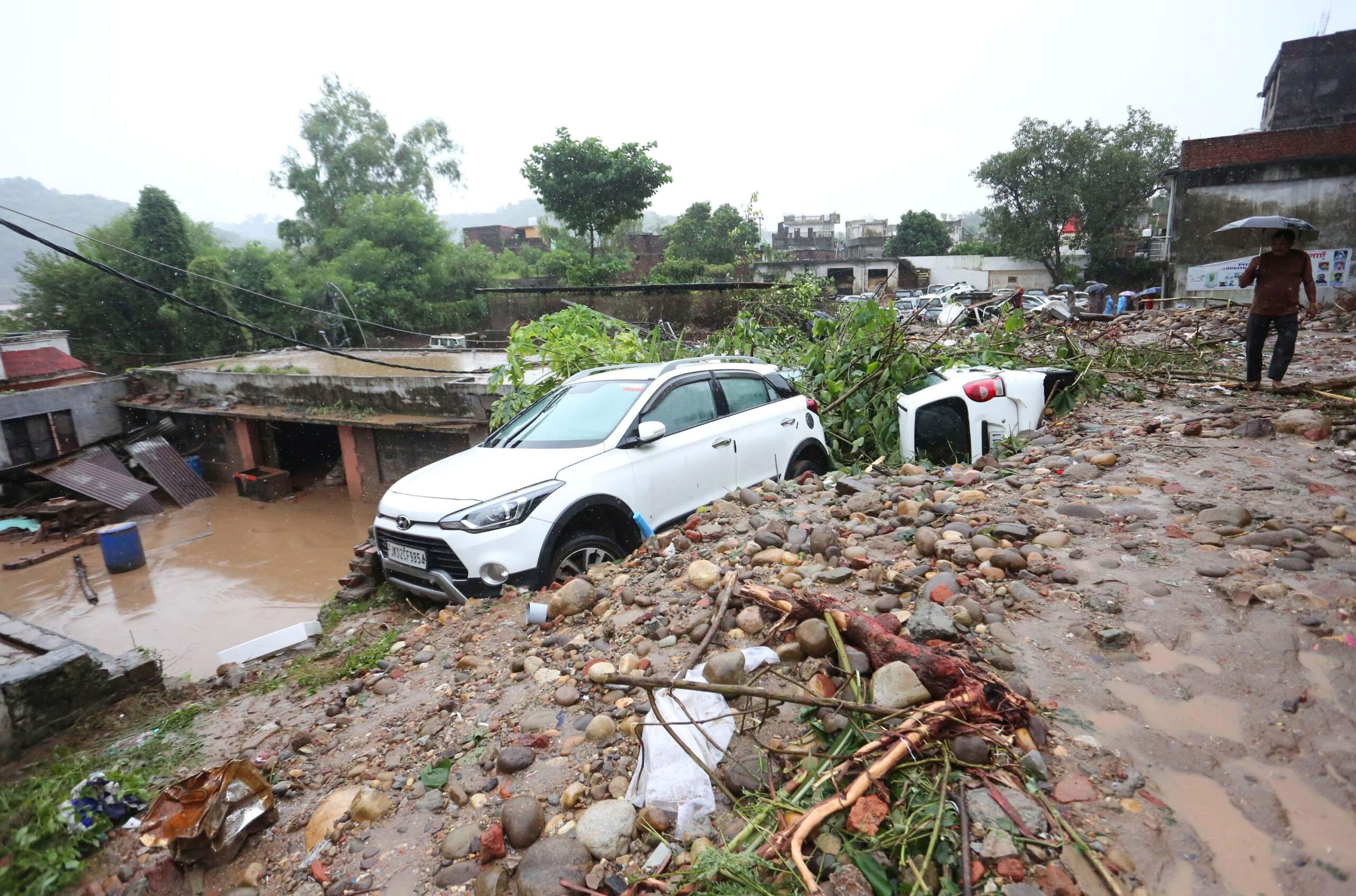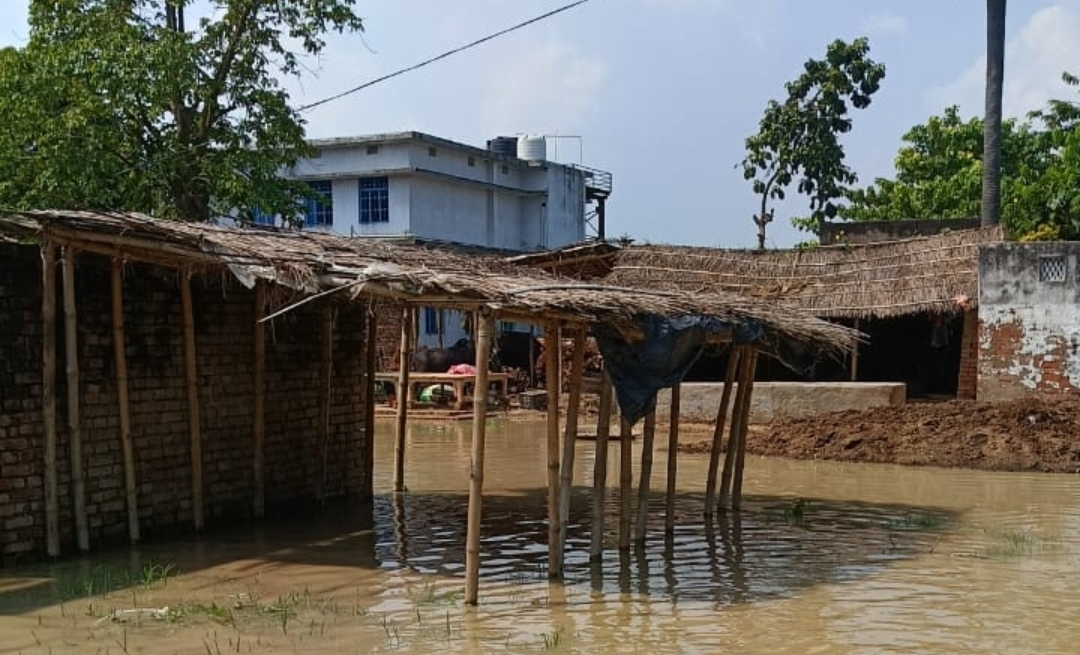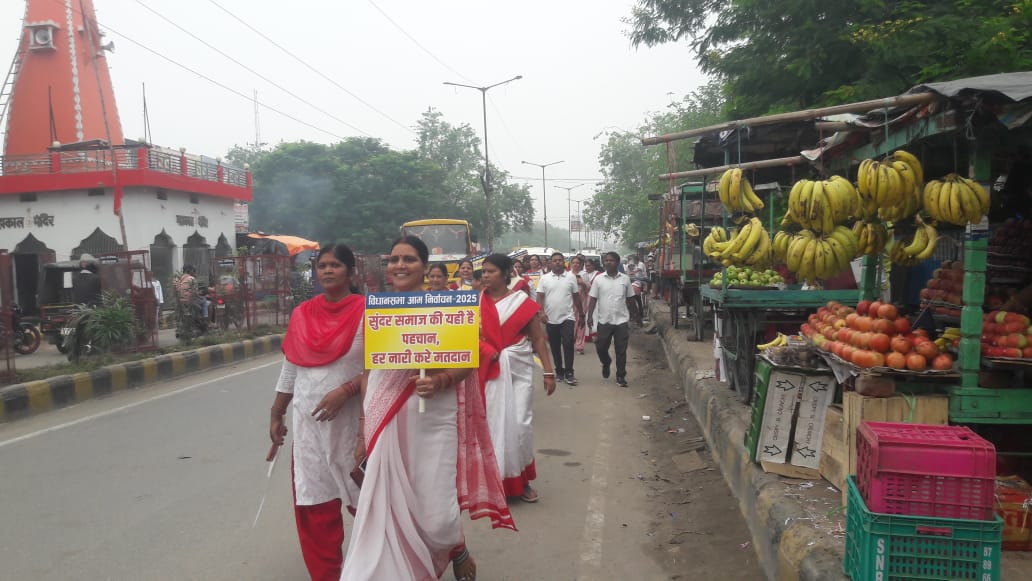Jammu, August 28 : Jammu & Kashmir is reeling under one of its worst environmental tragedies in decades. Torrential rains, massive cloudbursts, and deadly landslides have claimed over 100 lives, sweeping away homes, bridges, and entire communities. From the catastrophic cloudburst in Kishtwar that killed 67 people to the landslide near the Vaishno Devi pilgrimage route that left 34 pilgrims dead, the scale of destruction is staggering.
But this is not simply a natural calamity. It is the inevitable outcome of decades of unchecked deforestation, illegal mining, bureaucratic apathy, and political short-sightedness that weakened the Himalayan ecosystem and left its people vulnerable.
Warnings Shunned, Whistleblowers Silenced
For years, environment lovers and experts have raised alarms over massive illegal deforestation in the Himalayan ranges—including Chenab, Bhaderwah, and Pir Panjal. They warned that felling of trees and encroachment on riverbanks would destabilize slopes, dry up natural water buffers, and intensify floods.
Instead of acting on these warnings, governments and agencies chose denial.
Whistleblowers were harassed, intimidated, and even booked in fabricated cases to silence their voices. This allowed the forest mafia—backed by bureaucratic networks and power-hungry politicians—to loot green treasures with impunity.
Today’s devastation is not accidental; it is the direct consequence of this betrayal of public trust and ecological responsibility.
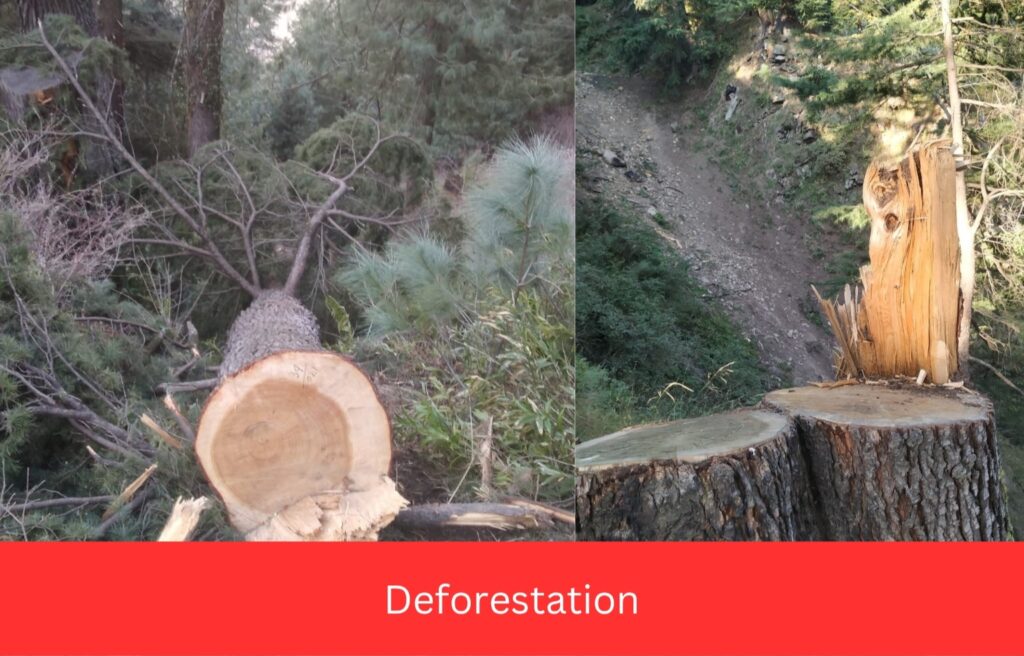
Infrastructure in Ruins, Governance Exposed
The unprecedented rainfall—Udhampur recorded 629 mm in just 24 hours, Jammu 296 mm, the heaviest since 1973—was enough to overwhelm any system. But the collapse of critical infrastructure reveals deeper failures:
The Jammu–Srinagar Highway lies blocked by landslides.
The Sahar Khad bridge near Kathua was washed away after years of weakened foundations due to illegal mining.
Rivers like the Tawi, Chenab, Jhelum, and Basantar breached danger levels, sweeping away vehicles and homes.
Communication systems collapsed, leaving entire districts cut off.
Development projects worth billions have crumbled like sandcastles in the rain. If infrastructure cannot endure the very climate it inhabits, can it truly be called “development”?
Relief After the Ruin
Rescue operations by the Army, NDRF, and SDRF continue, with helicopters ferrying stranded families to safety. Compensation has been announced—₹6 lakh for the deceased, ₹1 lakh for the injured—but these measures are too little, too late. Relief after ruin cannot replace foresight, accountability, and prevention.
The Ecological Message
The Himalayas never asked for tunnels, blasting, or mining. They only needed trees, winds, and peace. Instead, they were scarred and hollowed out by human greed. Now, their response comes not in silence but in cloudbursts, floods, and landslides.
This is nature’s verdict on a governance model that prioritized contracts over conservation, and profit over people.
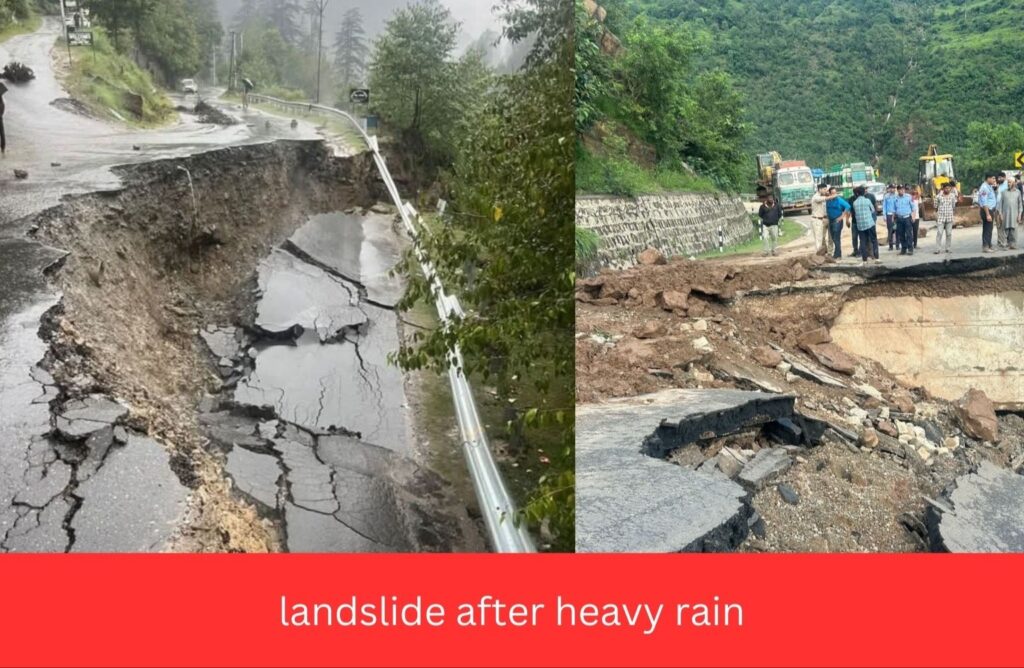
The Way Forward
The tragedy in Jammu & Kashmir must serve as a wake-up call. The future depends on urgent and uncompromising action:
Stop illegal deforestation and mining with strict enforcement.
Reclaim floodplains and halt reckless construction.
Strengthen early warning systems and pre-position relief infrastructure.
Hold accountable the nexus of forest mafia, complicit bureaucrats, and their political patrons.
This is not about opposing development, but about demanding responsible development that respects ecological boundaries.
Conclusion: The Mountains’ Cry for Justice
The mountains are speaking—in grief, destruction, and death. Their message is simple: when balance is broken, disaster follows.
If governments continue to ignore ecological wisdom and allow mafias to plunder forests, tragedies like these will recur with greater ferocity. But if this calamity becomes a turning point—if leaders choose accountability, foresight, and ecological humility—the Himalayas may yet forgive, and protect us again.
The choice is stark. Respect the mountains—or be buried under their wrath.
Report: Mansoor Qadir, ITN.

